Since late January, something unsettling has been happening in the waters of Florida. Fish, particularly the endangered sawfish, have been observed spinning uncontrollably, leading to their deaths.
This phenomenon has puzzled scientists and wildlife officials, prompting an immediate and concerned response from the Florida Fish and Wildlife Commission and the National Oceanic and Atmospheric Administration (NOAA). The efforts to understand this mystery have been extensive, yet the cause remains elusive, with no evident issues related to water quality or temperature detected.
Sawfish at the Center

Central to this mystery is the sawfish, an endangered and deeply fascinating species. These creatures, related to rays and sharks, are notable for their distinctive, chainsaw-like bills.
Historically, they inhabited a broad range across the Gulf of Mexico and the southern Atlantic coasts of the U.S. However, their numbers have significantly declined, largely due to habitat loss, leaving them primarily in the Keys and southwestern Florida (via NOAA).
The Scale of the Crisis
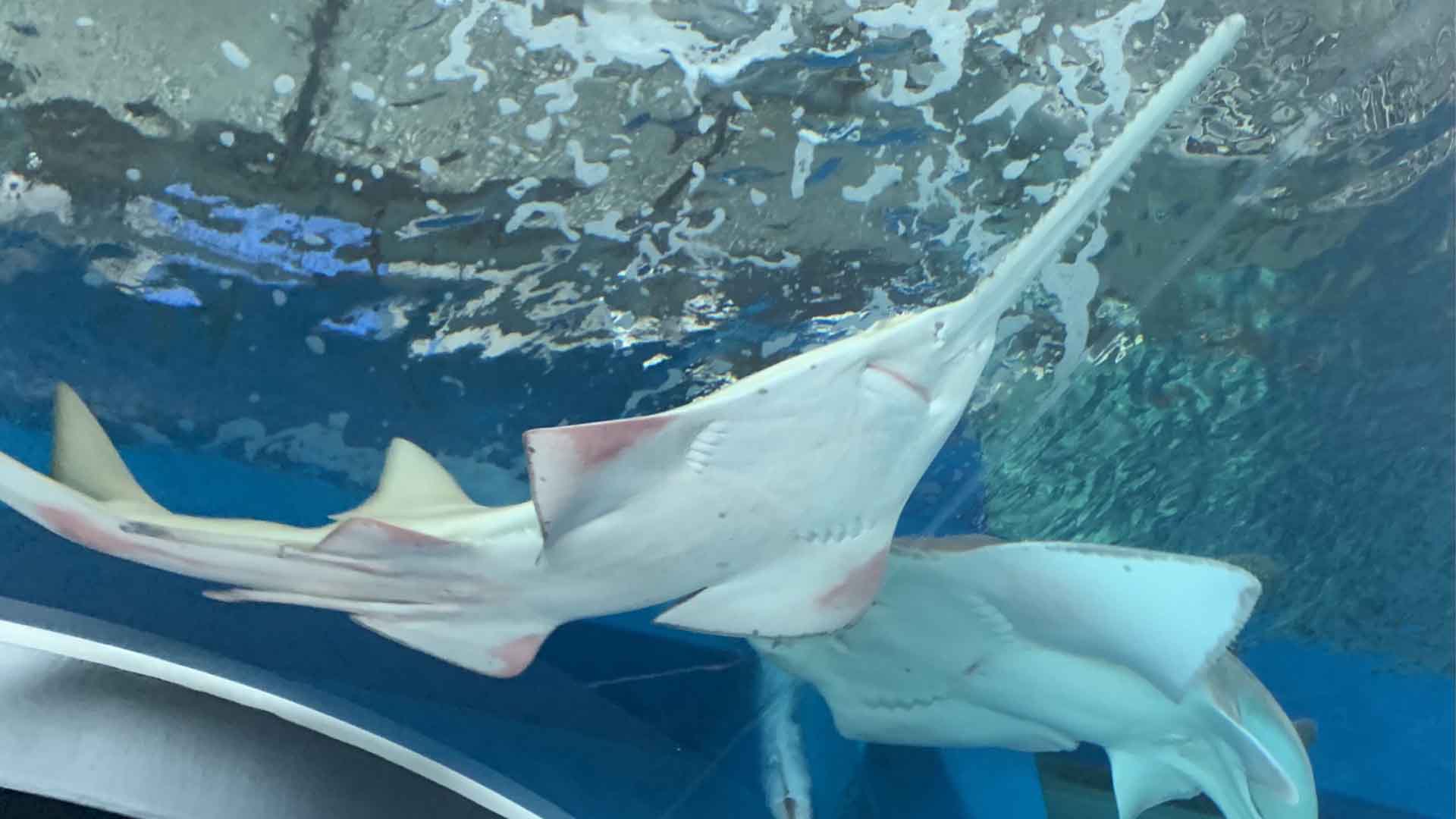
The crisis has taken a toll, with about 109 sawfish affected, resulting in at least 28 confirmed deaths. This situation has been classified as an unusual “mortality event,” a term that underscores the gravity and rarity of what’s unfolding (via Florida Fish and Wildlife Conservation Commission).
The actual number of fatalities may be higher than reported, given the sawfish’s tendency not to float after death, complicating the task of accurately assessing the impact.
Ruling Out the Usual Suspects

In their quest to unravel this mystery, researchers have methodically ruled out the usual suspects. No signs of red tide toxins, problems with oxygen or salt levels, pH imbalances, or water temperature issues have been found.
This has only deepened the intrigue, leaving experts to wonder about the unseen factors that could be driving these fatal behaviors.
A Glimmer of Hope in Clean Water
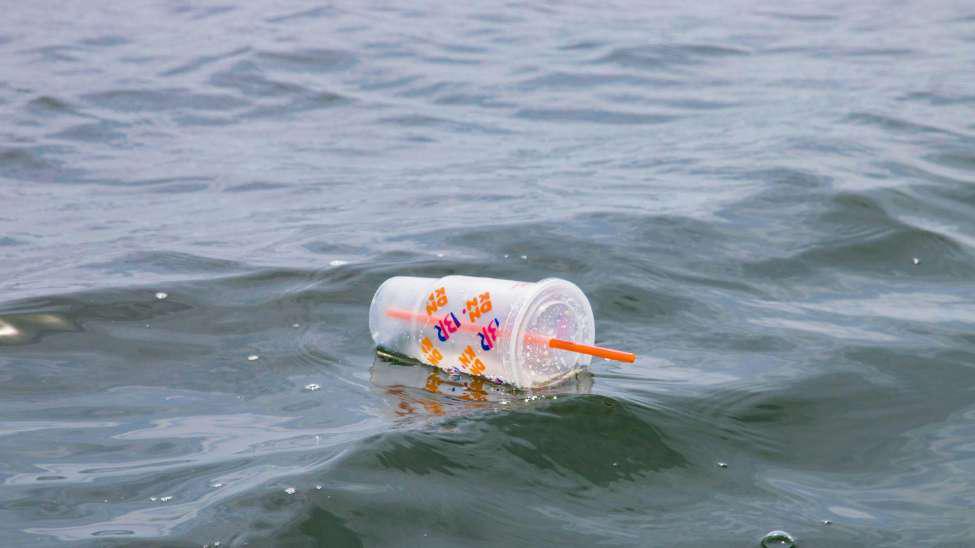
A breakthrough came when it was discovered that affected fish ceased their spinning once placed in “clean” water. This observation has shifted the focus toward environmental contaminants as the possible culprits.
It suggests that whatever is causing the spinning could be tied to specific conditions or substances in their natural habitats, a clue that researchers are still pursuing.
Unprecedented Rescue Efforts
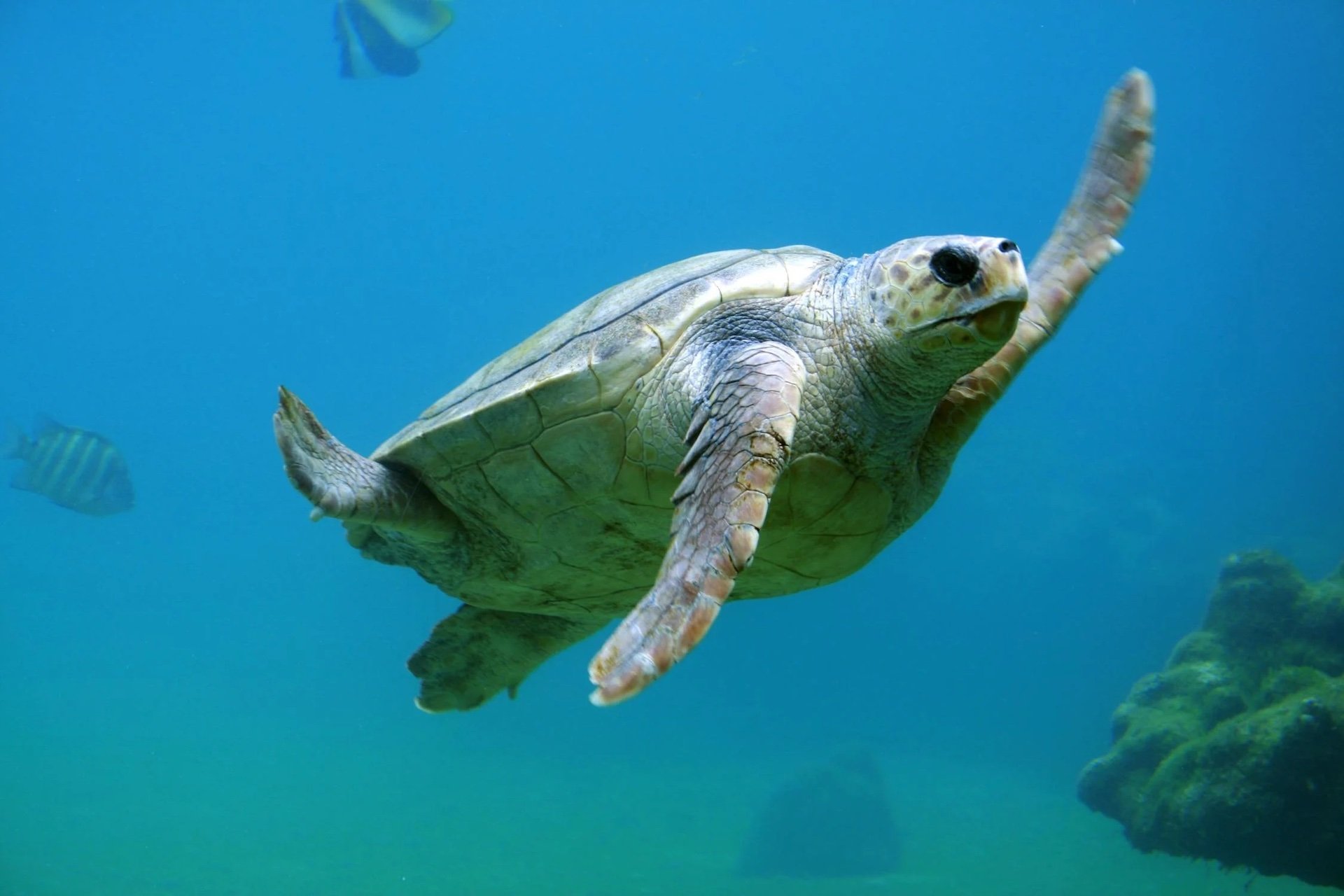
Facing a crisis of this magnitude, wildlife officials have launched an unprecedented rescue operation. Inspired by efforts typically reserved for sea turtles, dolphins, and manatees, according to NOAA, they are now focusing on the much larger and more challenging sawfish.
This operation involves capturing the distressed animals and moving them to quarantine facilities, a task never before attempted with sawfish, according to Tonya Wiley, leader of the Smalltooth Sawfish Recovery Team.
Public Involvement Is Key
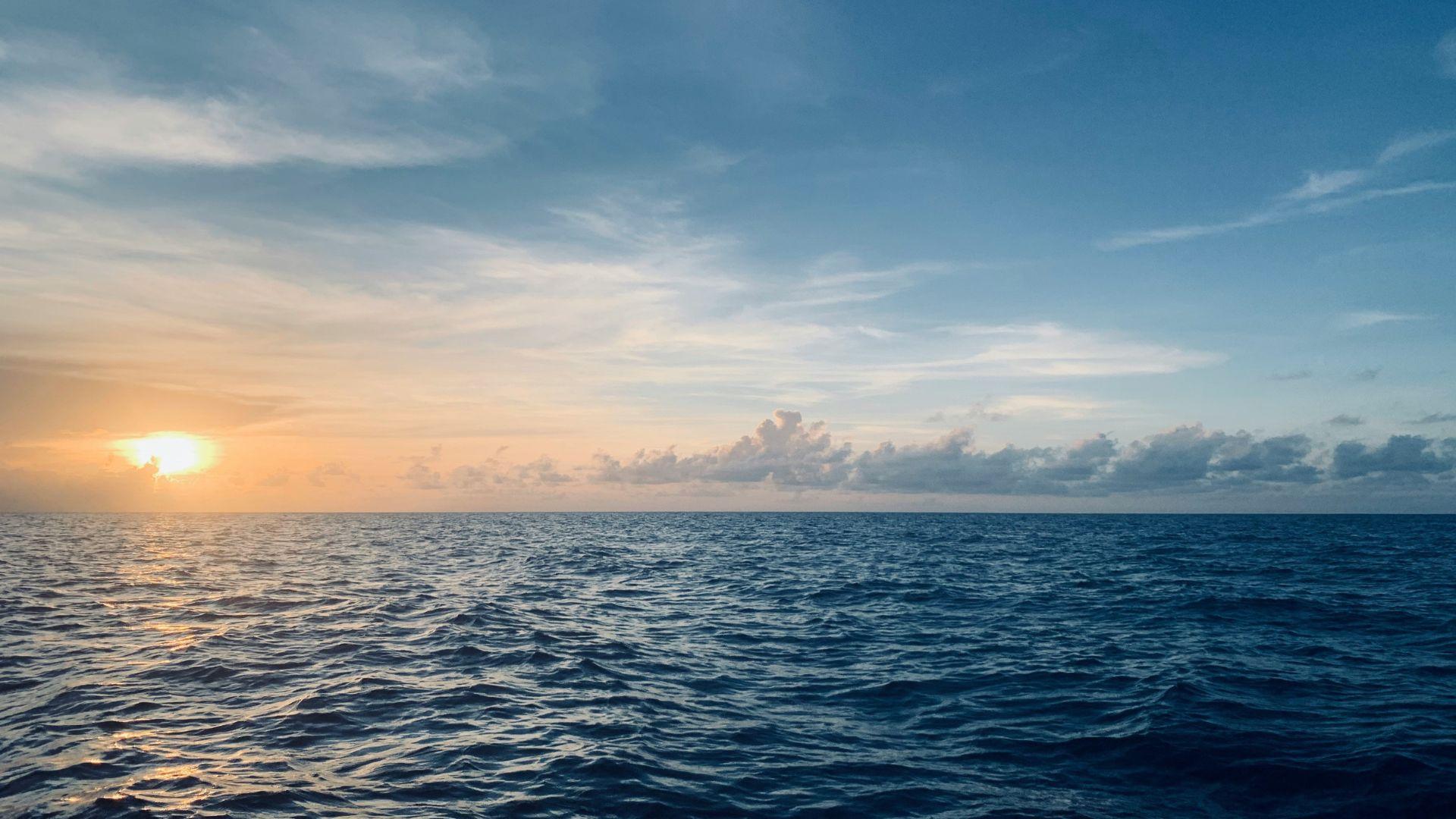
The rescue and research efforts rely heavily on public participation. Officials have urged anyone who spots a dead or distressed sawfish to report it through designated hotlines.
This community involvement is crucial, providing scientists with valuable information that can lead them to affected fish and, hopefully, closer to understanding the cause of this bizarre phenomenon.
The Role of Climate Change

Amid the search for answers, some experts are considering the potential role of climate change. According to the NOAA, a lengthy summer heat wave, believed to be driven by climate changes, has raised concerns about its impact on marine life.
While not directly linked yet, the extreme conditions could be a stressor that exacerbates or triggers the spinning behavior, adding another layer of complexity to the situation.
Collaborative Efforts to Solve the Mystery
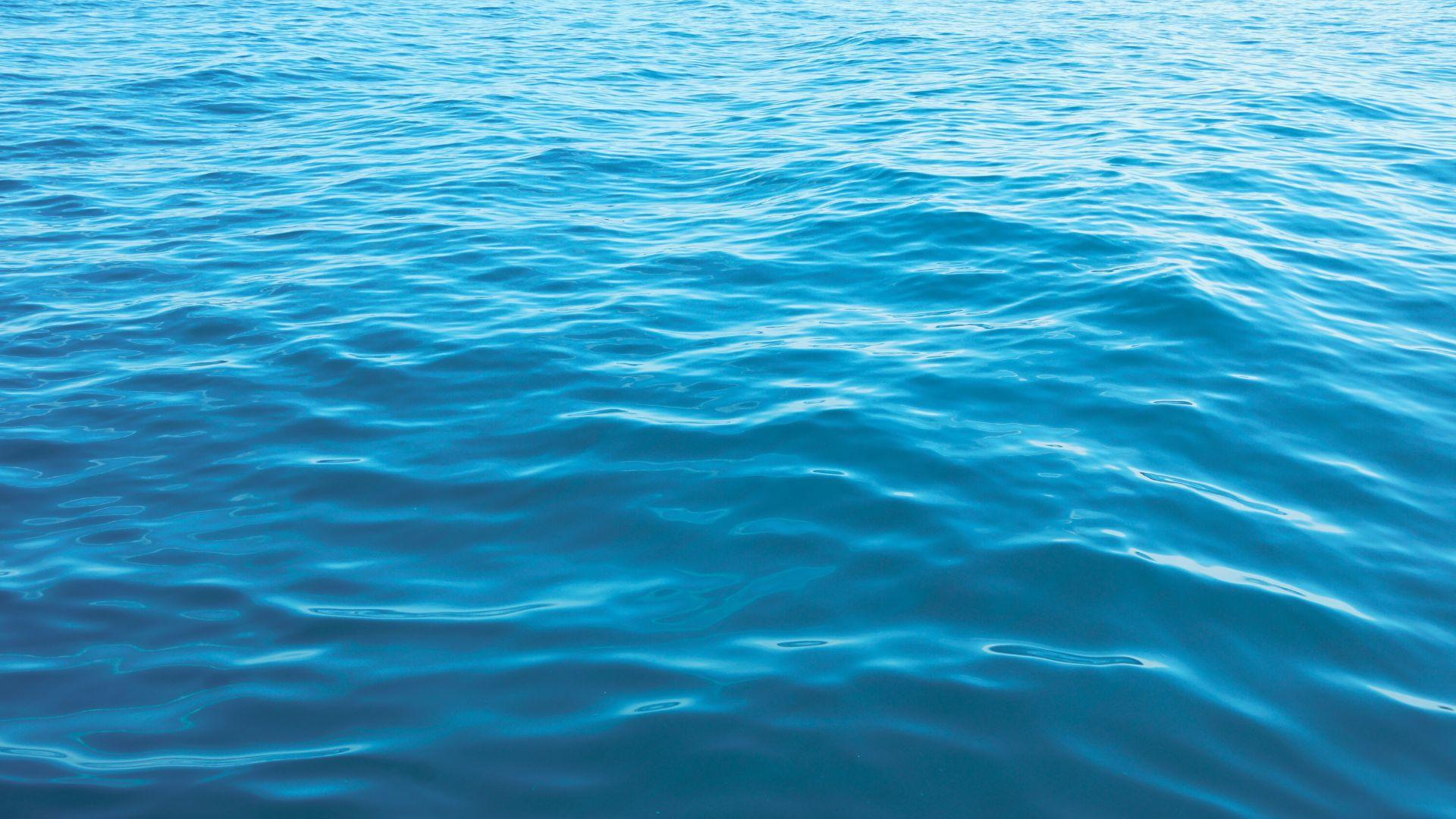
Solving this mystery requires a collaborative effort that spans disciplines. Marine biologists, environmental scientists, toxicologists, and others are joining forces, pooling their knowledge and resources.
The hope is that by working together, they can identify the cause and find a solution to prevent further deaths.
What Lies Ahead for Sawfish
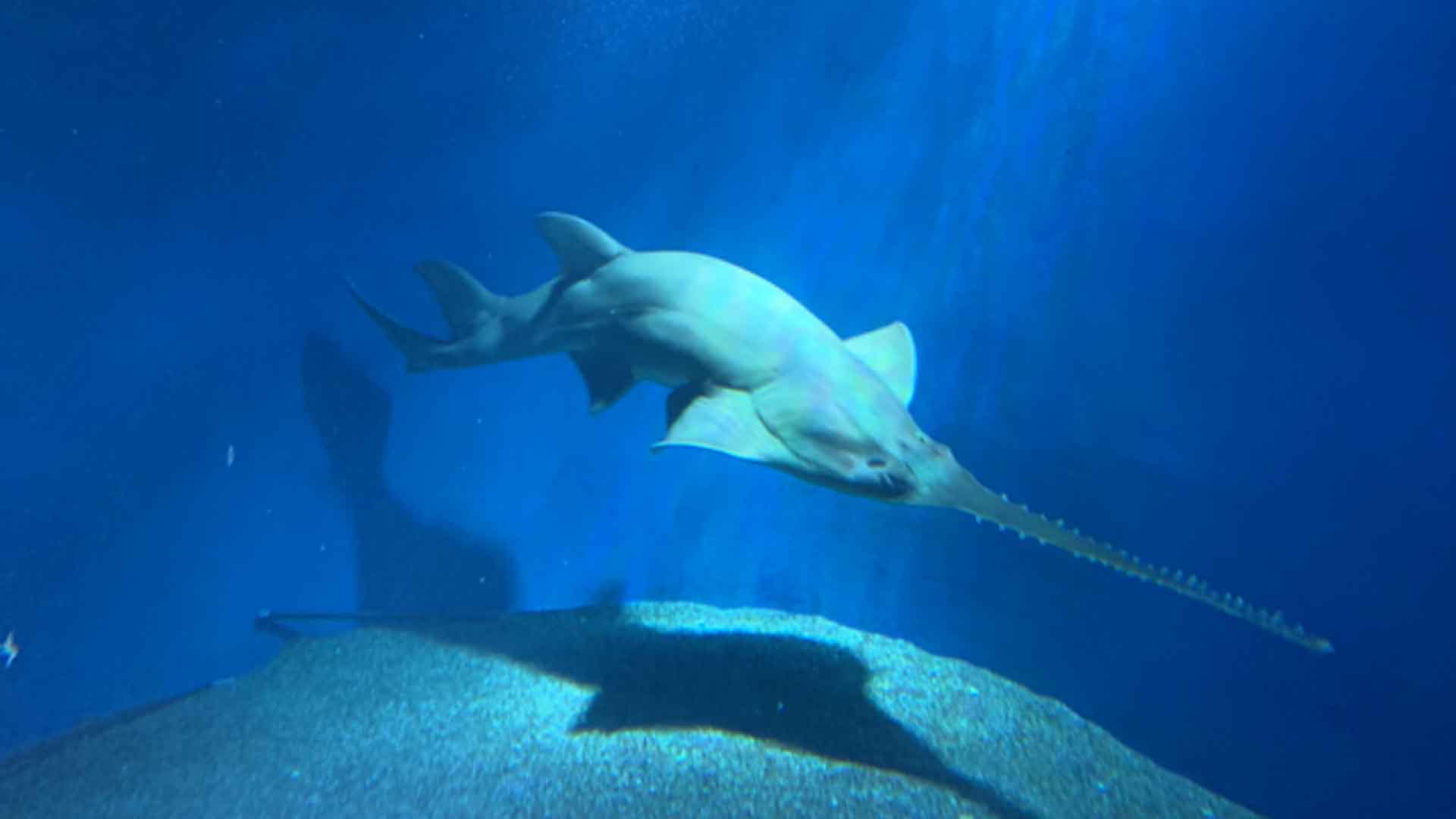
As efforts continue to rescue and rehabilitate affected sawfish, the broader goal remains to secure a sustainable future for this species.
Conservation efforts are more critical than ever, emphasizing the importance of understanding and addressing the challenges facing these unique creatures.
Educating the Public

Awareness is a powerful tool in conservation. By educating the public about the sawfish, their importance to marine ecosystems, and the current crisis, conservation groups hope to foster a greater connection and sense of responsibility toward these endangered animals (via Wild for Life).
Social media and community outreach play key roles in this educational effort, spreading the word and rallying support.
Looking to the Future
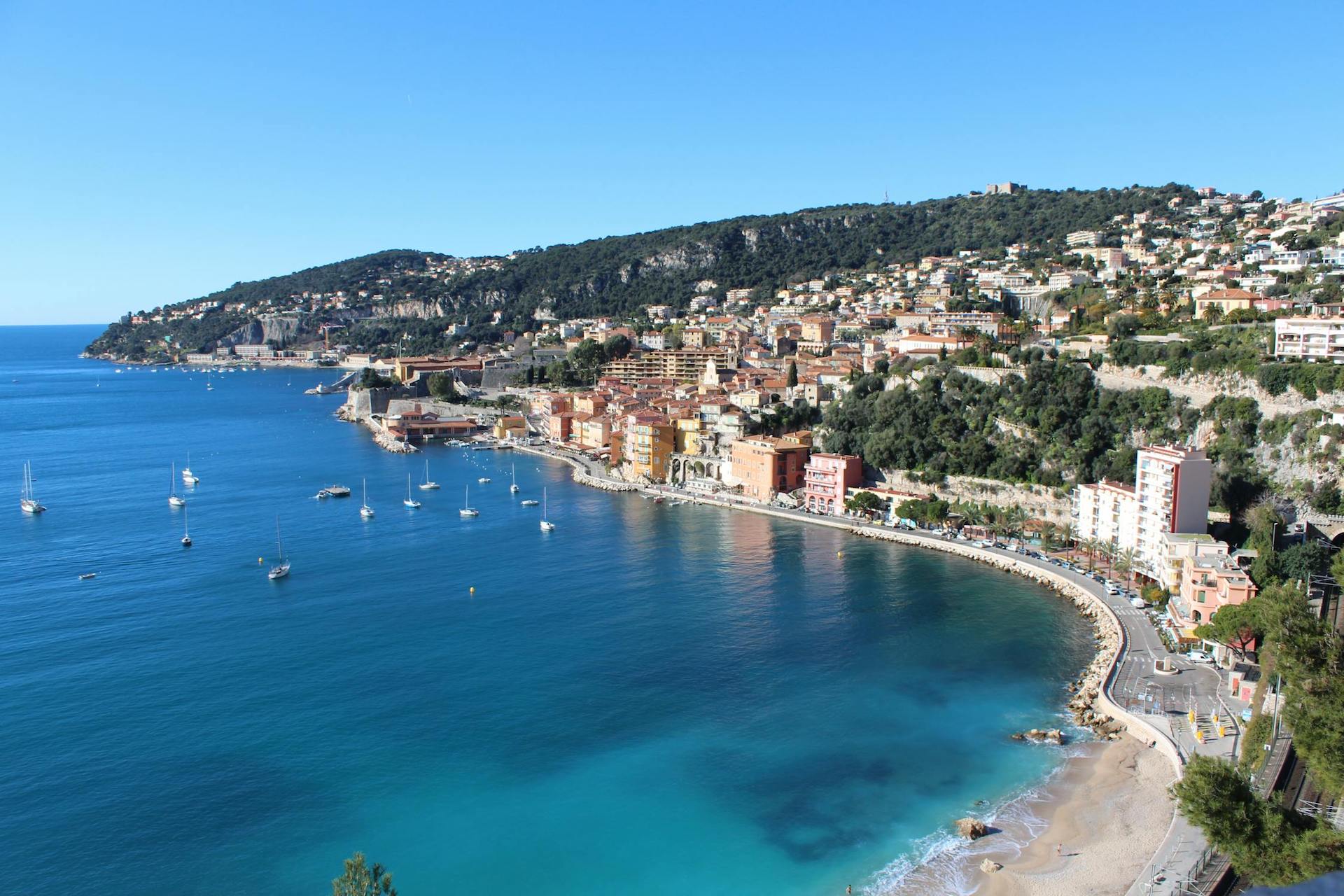
The spinning deaths of fish in Florida are a reminder of the vulnerabilities within our marine ecosystems. As scientists work tirelessly to solve this mystery, the situation underscores the need for vigilance, conservation, and a proactive approach to protecting our planet’s marine life.
The hope is that, through continued research, collaboration, and public support, a solution will be found, saving the sawfish and ensuring the health of marine ecosystems for generations to come.








































